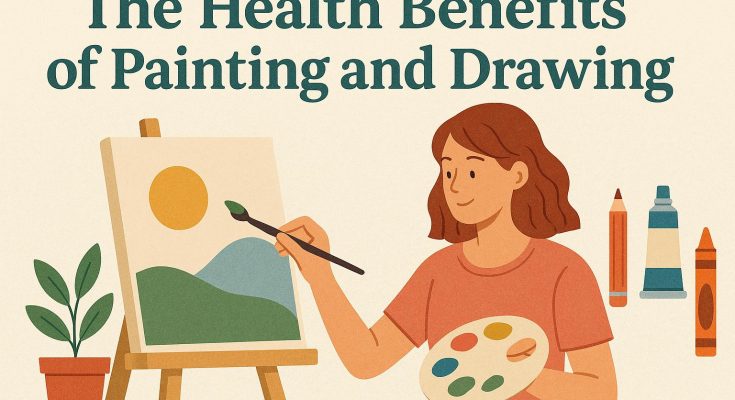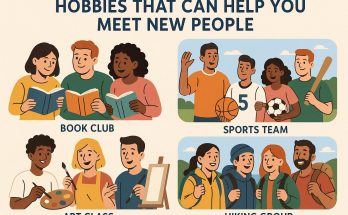The Cognitive Benefits of Painting and Drawing
Engaging in artistic activities such as painting and drawing can significantly enhance cognitive functions. These creative endeavors have been the subject of various studies, demonstrating their ability to improve memory, problem-solving skills, and cognitive flexibility. When individuals strive to visualize and transform their ideas into tangible forms, they foster their brain’s aptitude to conceptualize and grasp complex ideas. Both painting and drawing demand a unique blend of mental faculties, contributing to cognitive growth and development.
Boosting Memory
The act of painting and drawing is deeply intertwined with memorization, involving forms, colors, compositions, and techniques. This practice serves not only to enhance short-term memory but also aids in strengthening long-term memory. Such artistic activities compel the brain to forge new neural pathways, thereby boosting mental capacity and retention skills. With consistent practice, individuals might find an improved ability to recall information, an asset in many areas of life, whether academic or professional.
Enhancing Problem-Solving Skills
Creating art inherently involves facing and overcoming various challenges. These can range from deciding how to mix paints to achieve a certain color, to figuring out how to depict light and shadow effectively. Solving such artistic challenges hones the individual’s problem-solving skills, fostering a practical approach in tackling everyday issues. The skills developed through artistic endeavors can be transferred to different life situations, leading to enhanced decision-making and critical thinking abilities.
Emotional and Psychological Benefits
Art exerts a profound impact on emotional well-being. The process of creating art can serve as a meditative activity, often resulting in stress relief. It provides a unique outlet for expression and emotional release, allowing individuals to navigate their inner landscapes in a constructive manner.
Stress Reduction
The act of painting and drawing can be likened to meditation due to its calming effects. Immersing oneself into the creative process requires concentration, which not only distracts the mind from daily worries but also tempers anxiety. This concentrated focus facilitates a state of relaxation and mindfulness, much like practicing meditative techniques. Individuals often find that their stress levels diminish as they lose themselves in their artistic creations.
Expression and Communication
Art offers a platform for expressing complex emotions that can be challenging to communicate verbally. This form of expression serves as a therapeutic tool, providing a space for individuals to explore their feelings and gain personal insights. Over time, this process contributes to emotional growth and better communication of one’s inner experiences. For those who struggle to articulate emotions, art becomes an invaluable method of self-expression and understanding.
Motor Skill Development
The act of engaging with artistic tools significantly enhances fine motor skills. The repetitive actions involved in using brushes, pencils, and other art tools require coordination and dexterity, refining hand movements and control.
Fine Motor Skills
When individuals handle various art tools, they inadvertently work on their fine motor skills. This development is particularly beneficial for children, who are in the process of developing dexterity, and for the elderly, for whom maintaining coordination is crucial. Art provides a joyful method of enhancing these skills, improving both precision and control in hand movements. Through regular practice, individuals can notice improvements in activities that require fine motor skills beyond the realm of art.
The Boost in Confidence and Self-Esteem
Completing a piece of art successfully can have a significant impact on an individual’s confidence and self-esteem. This sense of achievement is often not confined to the art itself but spills over into other aspects of life. The experience of creating something valuable with one’s own hands encourages continued creativity and effort across various domains. It leads to personal growth, fostering a mindset that is open to exploration and learning. Professionally, the confidence gained can translate into more assertive actions and decisions.
Incorporating painting and drawing into daily routines can lead to numerous health benefits. From cognitive enhancement to achieving emotional balance and improving physical skills, the advantages are manifold. For those interested in delving deeper into the world of art, several resources and educational platforms can provide additional information and learning opportunities. Exploring these options can unveil the profound impacts art can have on overall well-being, presenting an opportunity to enrich one’s life through creative expression. Art stands as a versatile medium, capable of nourishing the mind, body, and soul, underscoring its timeless value in human society.





